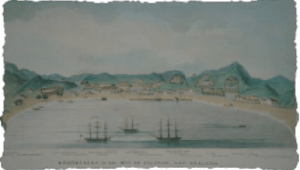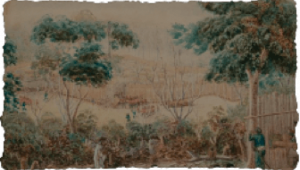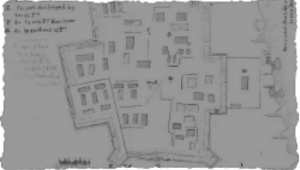
Causes of
the Northern War



Māori of the Ngāpuhi iwi went to war with the colonial government of New Zealand in 1845. They fought because Great Britain tried to impose an unacceptable version of the Queen’s sovereignty upon them. Before 1840 (when New Zealand officially became part of the British Empire) Ngāpuhi had dominion over northern New Zealand. Despite the growing influence of foreign traders, missionaries and settlers, the chiefly authority of Ngāpuhi was indisputable.
The signing of The Treaty of Waitangi/Te Tiriti o Waitangi was a turning point. There were two versions of this document (one in Māori and one in English) but they did not say exactly the same thing. The problem was that the British and Māori had very different understandings of the deal they were entering into. Māori believed they would retain authority over their own lands and people. The British, on the other hand, intended to govern Māori as British subjects.
In the early 1840s, the situation in Northland changed dramatically: British sovereignty changed everything. The government imposed new laws which undermined the mana and the economic wellbeing of the northern Māori. Ngāpuhi began to fear that they would lose their lands, and government policies relating to land sales generated considerable anger.
Northern rangatira agreed that the Crown was breaking the terms of Te Tiriti, the version of the document that bore most of the Māori signatures. They had different opinions as to how the problems should be addressed. A faction led by Hone Heke and Te Ruki Kawiti demanded action. Heke focussed his attention upon the flagstaff at Kororārkea (Russell) a potent symbol of British sovereignty on the hill above the town. He cut down the flagstaff four times in all. Heke’s fourth attack upon the flagstaff ended with the town of Kororākea a smouldering ruin. The destruction of Kororāreka ignited the Northern War.











